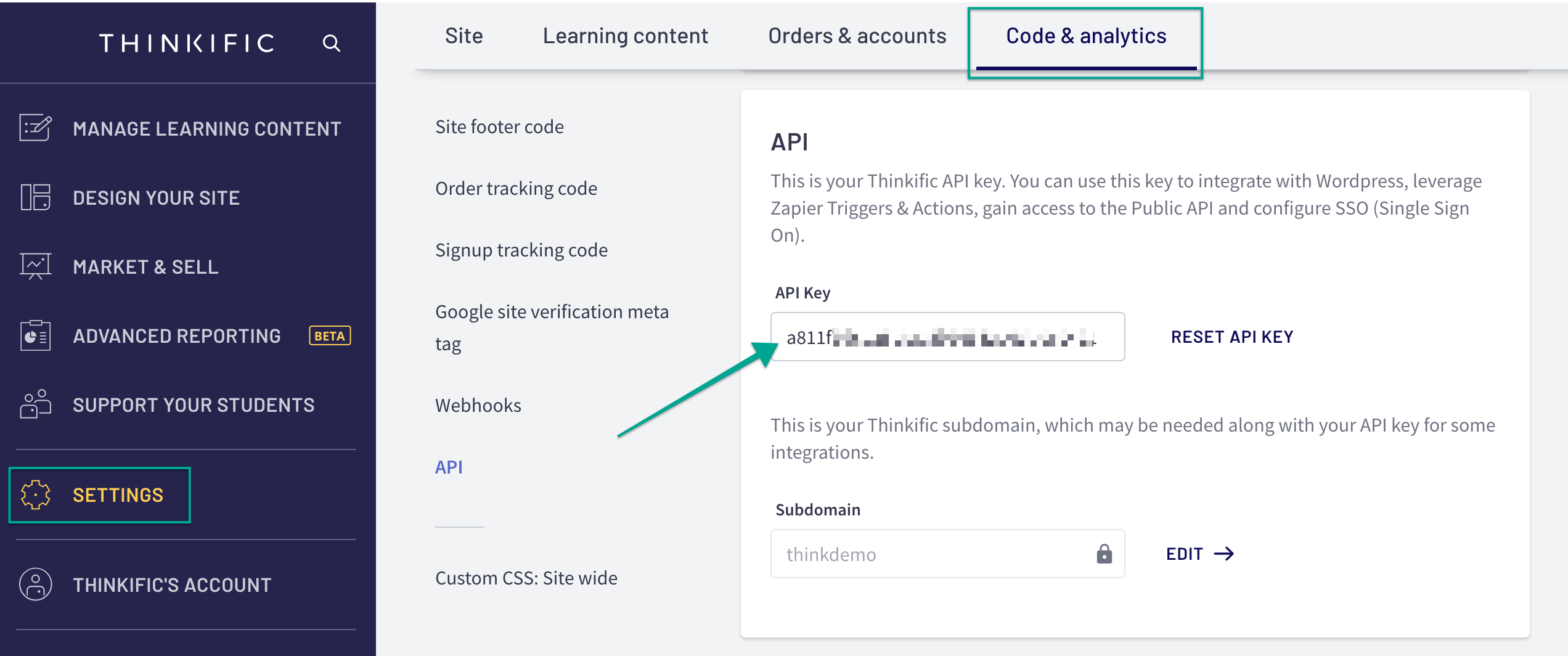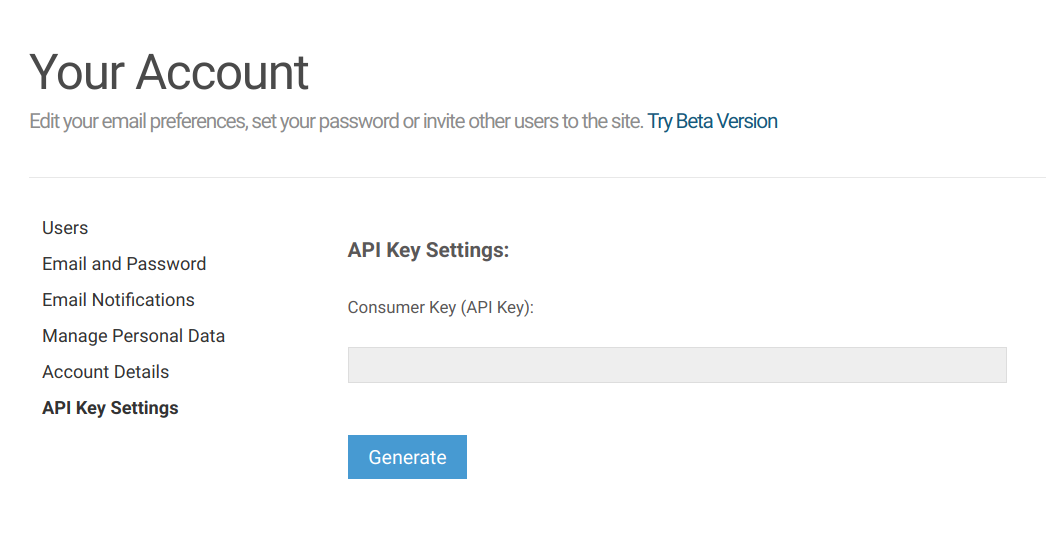For all the developers out there looking to enhance their creative projects, the Behance API is a treasure trove of resources. Whether you're building applications, integrating unique features, or just exploring data, understanding how to get your Behance API key is essential. This guide is designed to walk you through the ins and outs of obtaining your API key and getting the most out of what the
What is the Behance API?

The Behance API is a powerful interface that allows developers to interact with Behance's extensive database of creative work. It provides a way to access user portfolios, specific projects, and various creative works, making it an invaluable resource for anyone looking to leverage the creativity showcased on
- Data Access: Through the API, developers can retrieve information on millions of projects, users, and various types of creative content, giving them a vast pool of resources to work with.
- Integration: If you're building a website, app, or service, the Behance API allows for seamless integration of creative content. Imagine being able to display stunning portfolios directly from Behance into your platform!
- Search Capabilities: The API offers powerful search functionality, allowing you to filter projects and users based on categories, tags, and various parameters. This makes finding specific content a breeze.
- Community Engagement: By utilizing the API, you can encourage interaction and engagement with the creative community, potentially driving more traffic and interaction to your projects.
In essence, the Behance API not only extends your application's capability but also connects you to a global community of creative individuals looking to showcase their talent. If you’ve got ideas brewing, the Behance API could be the catalyst you need to bring them to life! So, let's get started on how to obtain that API key.
Also Read This: How to Convert RAW Images to JPEG Format: A Beginner’s Guide
Why Use the Behance API?

So, why in the world would you want to use the Behance API? Well, let’s break it down! The Behance API allows developers to access a vast treasure trove of creative data from one of the largest online platforms dedicated to showcasing and discovering creative work. Here are some compelling reasons to consider:
- Access to Creative Content: With the API, you can pull in projects, portfolios, and user profiles from Behance. This means you can keep your applications fresh and engaging with up-to-date design work.
- Increased Engagement: By integrating Behance’s content into your own site or app, you can attract a wider audience. Users love visual inspiration, and Behance is full of it!
- Streamlined Development: The API simplifies your coding process. Need to retrieve a user’s projects or a collection of artwork? With just a few lines of code, you can make that happen.
- Data Richness: The API offers not just images, but also project metadata—like tags, descriptions, and view counts. These details can enrich user experiences.
- Marketplace Opportunities: If you’re developing an app for creatives, tapping into Behance's ecosystem can open doors for marketplace functions where creative individuals can network and collaborate.
In a nutshell, the Behance API is an excellent tool to enhance creativity-related applications, drive user engagement, and ultimately provide a greater value for both developers and users alike!
Also Read This: Download Nature Images from Shutterstock With These Steps
Steps to Obtain a Behance API Key
Ready to dive in? Getting your hands on a Behance API key is a breeze. Just follow these simple steps:
- Create an Adobe Account: If you don’t have one yet, head over to Adobe’s website and register for a free account. It’s quick and hassle-free.
- Visit the Behance Developers Page: Go to the Behance Developer Portal. This is where all the magic happens!
- Register your Application: Click on “Create a new application.” Here, you'll need to provide some details about your app, such as its name and description. Make sure to be as descriptive as possible—this helps in gaining quicker approval.
- Review the Terms of Service: Before you hit that submit button, make sure to read through the Behance API terms of service. Understanding the rules is essential to avoid any pitfalls.
- Receive Your API Key: Once your application is registered and approved, you will receive an API key. This key is your passport to accessing Behance’s rich data!
And there you have it! With your Behance API key in hand, you’re all set to start building and integrating incredible creative experiences into your applications!
Also Read This: What Should I Shoot for Adobe Stock? Tips for Capturing Marketable Images
Understanding the Behance API Documentation
Diving into the Behance API documentation can feel a bit like stepping into a new city. At first, it might seem overwhelming, but once you know your way around, it becomes much easier to navigate. The documentation is your ultimate guidebook, providing essential information on how to effectively use the API.
First off, the documentation is typically divided into several sections:
- Authentication: This section explains how to obtain your API key and what types of authentication methods you might need. Think of it as the entry point to the city; without the right credentials, you won’t get far.
- Endpoints: Here’s where you’ll find all the available URL paths you can use to access various data. It's like a map that shows you where all the interesting places are located!
- Response Format: Understanding how the API responds to your requests is crucial. The documentation will describe the format of responses, which is often in JSON. It's like learning the local language, making it easier to communicate with the API.
- Error Codes: No one likes running into roadblocks, but errors happen. This section will clarify what different error codes mean, helping you troubleshoot any issues quickly.
Don't forget to explore sample code snippets too! They’re great for quick reference and can give you a jumpstart in your development process. By familiarizing yourself with the documentation, you’ll set a solid foundation for building applications that leverage the full power of the Behance API.
Also Read This: Are VectorStock Credits Worth It?
Common Use Cases for the Behance API
The Behance API is like a toolbox, and understanding how to use its tools effectively can unlock a wealth of possibilities for your projects. Here are some of the most common use cases that developers find handy:
- Portfolio Showcase: Many creatives and developers build applications that allow users to showcase their portfolios directly on websites. By using the Behance API, you can seamlessly pull in projects, images, and information into your own portfolio site.
- Creative Search Applications: With the API, you can create search functionalities that let users find specific types of creative work based on categories, tags, or keywords. Imagine crafting an app that surfaces the latest and greatest designs or illustrations!
- Analytics Tools: Developers can leverage the Behance API to gather data on user interactions and project views. This is particularly useful for artists and designers who wish to understand their audience better.
- Integrations with Other Platforms: By using the API, you can integrate Behance with social media or content management systems. It's an effective way to enhance visibility for artists by easily sharing their work across platforms.
These examples merely scratch the surface of what's possible! When you tap into the Behance API, the only limit is your imagination. So roll up your sleeves and start building something amazing that creatively showcases the talents of artists around the world!
Also Read This: Adobe Stock Free Download Without Watermark: Is It Possible?
Troubleshooting Common Issues
Even the most experienced developers can run into issues while working with APIs, and the Behance API is no exception. It's crucial to identify and resolve these problems quickly to maintain a seamless experience. Here's a rundown of some common issues you might face and how to tackle them.
- Authentication Failures: One of the most common problems can stem from incorrect API keys. Double-check that your API key is correctly copied and has not expired. Also, ensure that you're following the authentication process outlined in the Behance API documentation.
- Rate Limits: Behance imposes rate limits to prevent abuse. If you exceed these limits, you may receive an error message. You can monitor your API usage and implement a back-off strategy in your application to avoid hitting these limits.
- Data Not Available: Sometimes, specific data you request may not be available or might differ from what you expect. Always check the documentation to understand the data structure, and consider implementing checks in your code to handle such scenarios gracefully.
- Endpoint Changes: Behance may update its API or endpoints over time. Keep an eye on the official documentation for any updates that might affect your application. Using version control in your API calls can help mitigate issues caused by such changes.
- Network Errors: At times, network issues can cause requests to fail. Make sure you have proper error handling in place to retry the request in case of temporary network problems.
By being proactive and implementing good practices around error handling and documentation checks, you can smooth out your experience with the Behance API. If you ever feel stuck, the developer community is also a great place to seek help!
Conclusion
By now, you should have a solid understanding of how to obtain a Behance API key and navigate its features. API keys are crucial for accessing the vast array of creative works shared on Behance, allowing you to integrate this content seamlessly into your applications.
Throughout this guide, we emphasized the importance of careful planning and testing, as engaging with any API does come with its own set of challenges. From navigating the registration process to handling common errors and rate limits, each step is essential for building a robust and user-friendly application.
Here’s a quick recap of what you’ve learned:
- How to obtain your API key and authenticate requests.
- Best practices for integrating the Behance API into your projects.
- Troubleshooting tips for common issues you might encounter along the way.
As you embark on your creative coding journey with the Behance API, remember that practice makes perfect. Stay active in developer communities, explore the documentation regularly, and don’t hesitate to experiment. Happy coding!
 admin
admin








